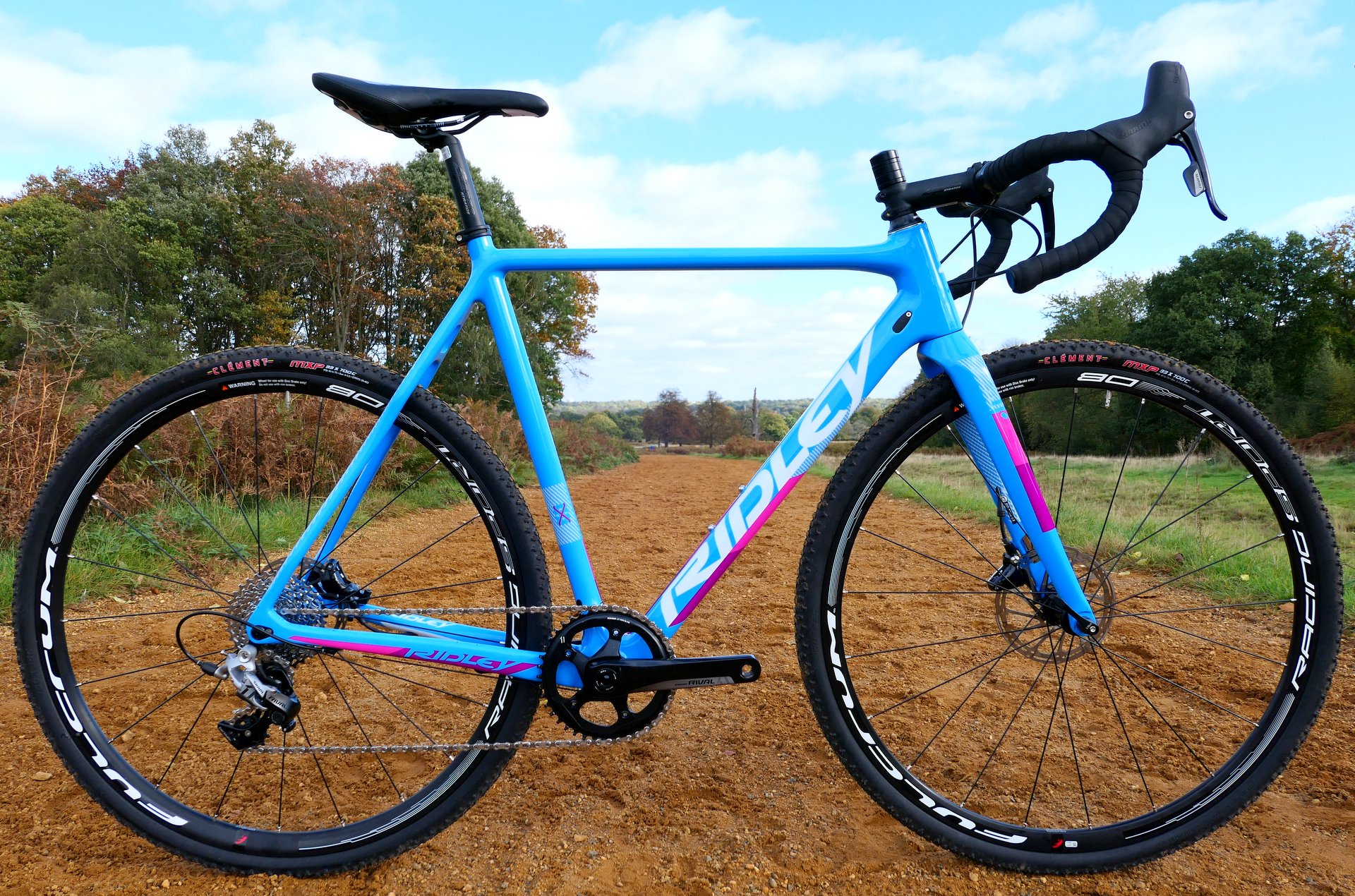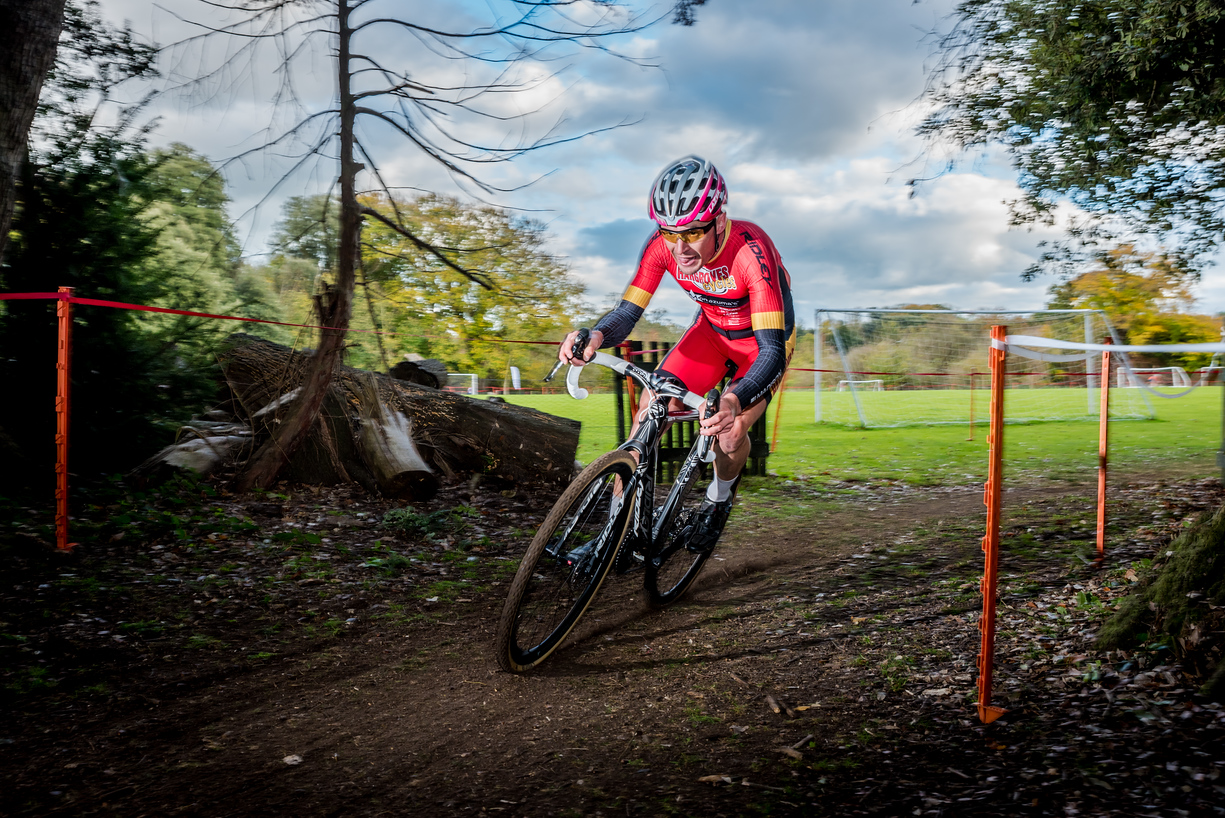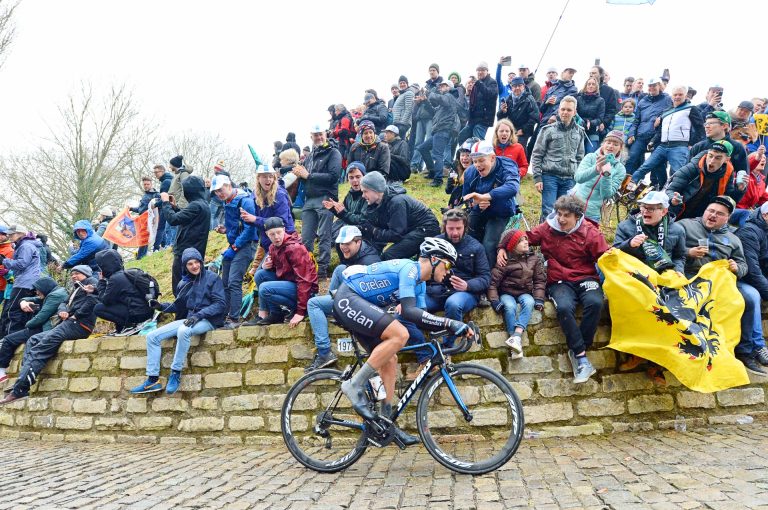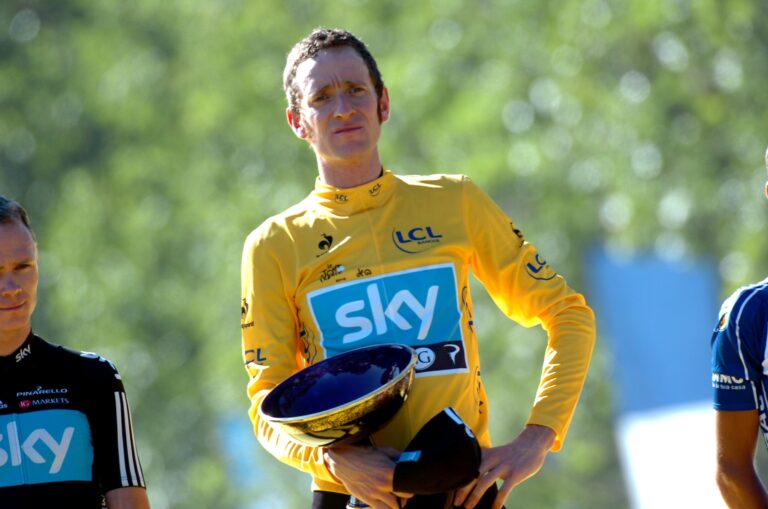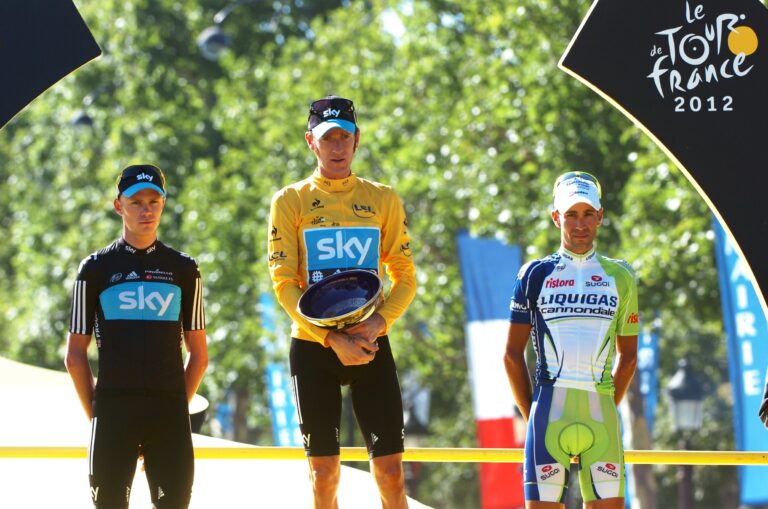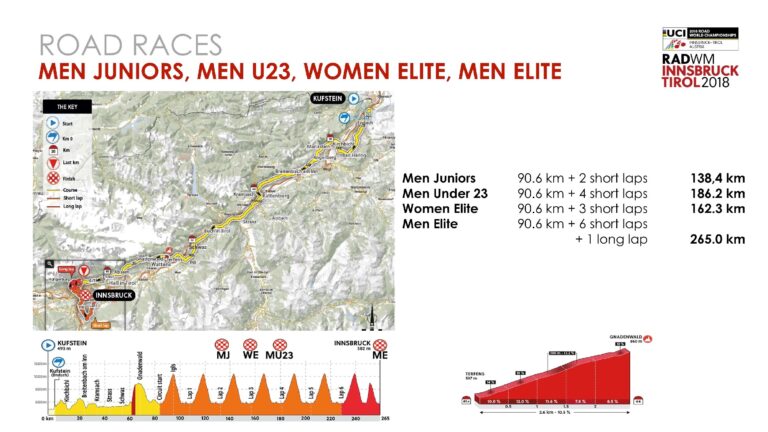The cyclo-cross season has come to a close; my first campaign unraveling the mud-slopped world of knobbly tyres, sandpits and hurdles is at an end.
My final lung-busting effort of the season came at the Cyclopark in Kent, where the host club, BigfootCC, put on superb day of racing on another varied (but windswept) course. Wherever I’ve been this season, the event organisers have shown imagination to create a course which makes the most of the local terrain, while also including the various obstacles which make cyclo-cross so unique. The Wall of Leeds Castle still makes my legs hurt just thinking about it.
In my last blog, I mentioned how the final round of the London Cross League was cancelled. Unfortunately, what I had then planned to be my last race, the LCCA Team Championships, also suffered the same fate after a very late change of heart by the land owners.

Still, it’s been a whirlwind insight into the world of cyclo-cross racing over the past few months. I’ve thrown myself into the deep with my first senior race, learned about the intricacies of tyre pressure and kit choices, and watched Great Britain’s young guns tear it up at the World Championships.
I’ve also put to bed any preconceptions I had about cyclo-cross. So, for the final instalment in this series, I thought I’d break down some of the barriers that might be stopping you from racing cyclo-cross.

